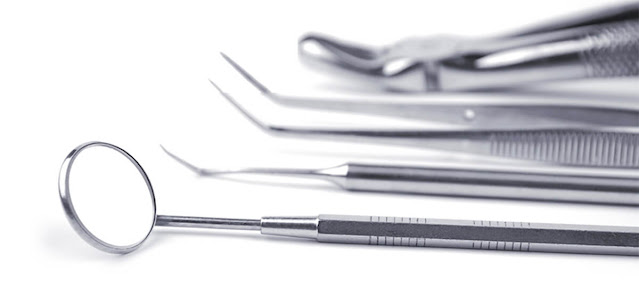Qualities of 316 and 316L :
Although similar to Type 304, common in the food industry, Types 316 and 316L have better corrosion resistance and are more resistant to high temperatures. They are also non-hardenable by heat treatment and can be easily formed and stretched (pulled or pushed through a die or smaller hole). Annealing (Annealing is a heat treatment process that changes the physical and sometimes even chemical properties of a material to increase its ductility and reduce its hardness to make it more workable.) 316 and 316L stainless steels require heat treatment between 1,900 and 2,100 degrees Fahrenheit (1,038 to 1,149 degrees Celsius) before quenching.
316 Vs 316L :
316L stainless steel contains less carbon compare to 316. It's easy to remember, because the L stands for "weak". But even though it contains less carbon, 316L is very similar to 316 in almost every way. The cost is very similar and both are durable, corrosion resistant and a good choice for high stress situations. Grade 316L is a better choice for a project that requires a lot of solder because 316 is more susceptible to solder degradation than 316L (corrosion inside the solder). However, 316 can be annealed to resist solder degradation. 316L is also an excellent stainless steel for high temperature and high corrosion applications, which is why it is so popular for use in construction and marine projects. Neither 316 nor 316L is the cheapest option. The 304 and 304L are similar but priced lower. And neither is as tough as 317 and 317L, which have a higher molybdenum content and are better for overall corrosion resistance.
How Grade 316 Stainless Steel Is Used :
Common uses for Grade 316 stainless steel include the construction of exhaust manifolds, pharmaceutical, furnace parts, jet engine parts, heat exchangers and photographic equipment, valve parts and pumps, chemical processing equipment, tanks and evaporators. It is also used in pulp, paper and textile processing equipment and for all parts exposed to the marine environment.
Qualities of Grade 316L Stainless Steel :
The low carbon content of 316L minimizes harmful carbide precipitation (carbon is stripped from the metal and reacts with chromium when heated, weakening corrosion resistance) after welding. Therefore, 316L is used where welding is required to ensure maximum corrosion resistance.



0 Comments